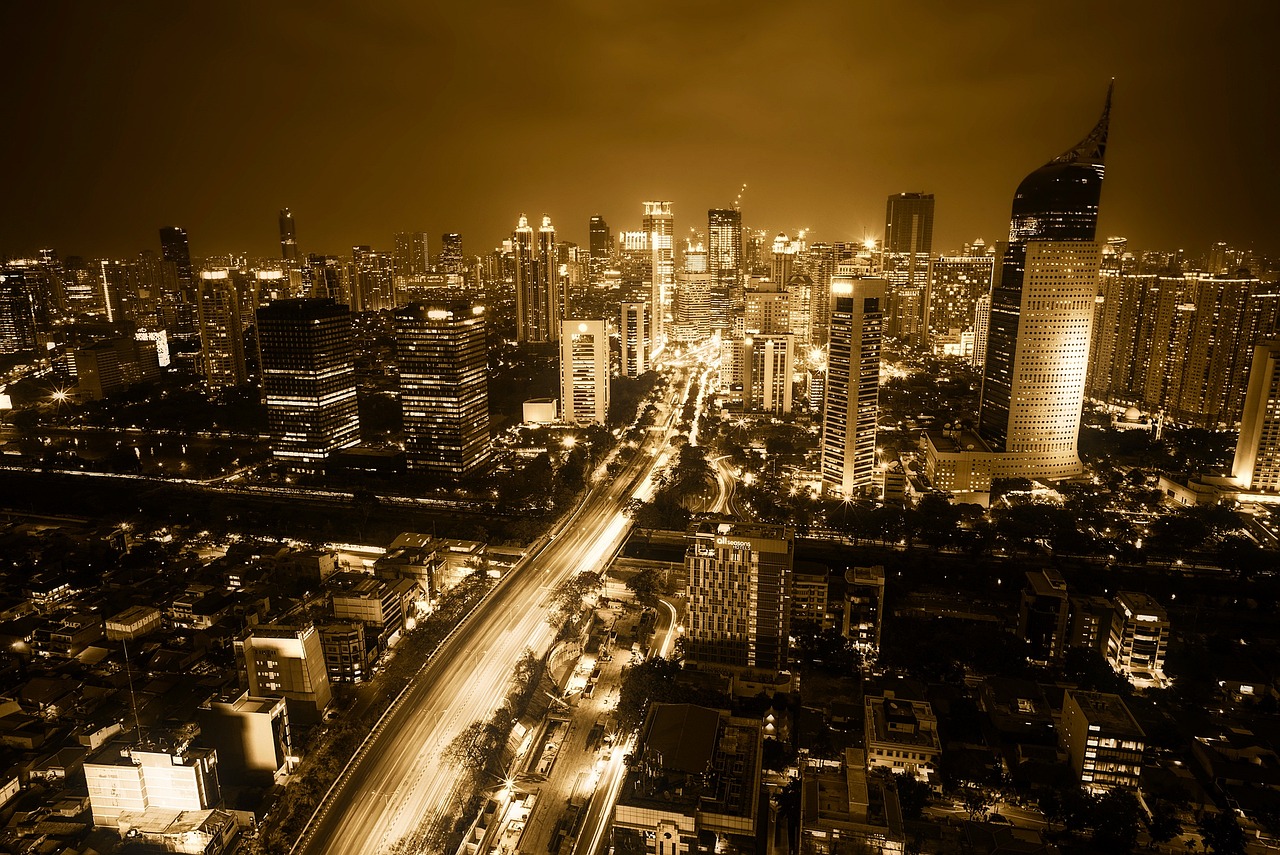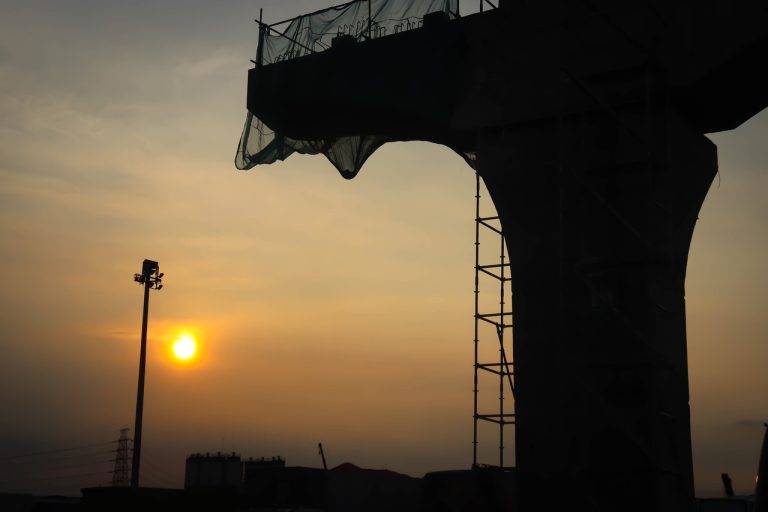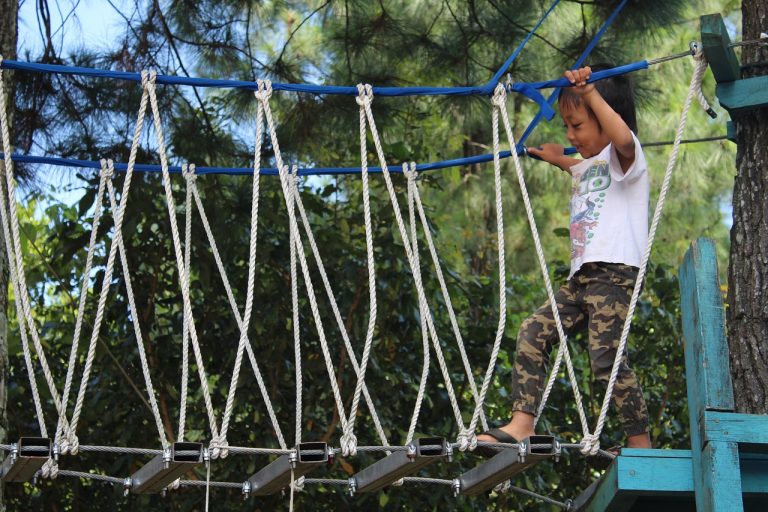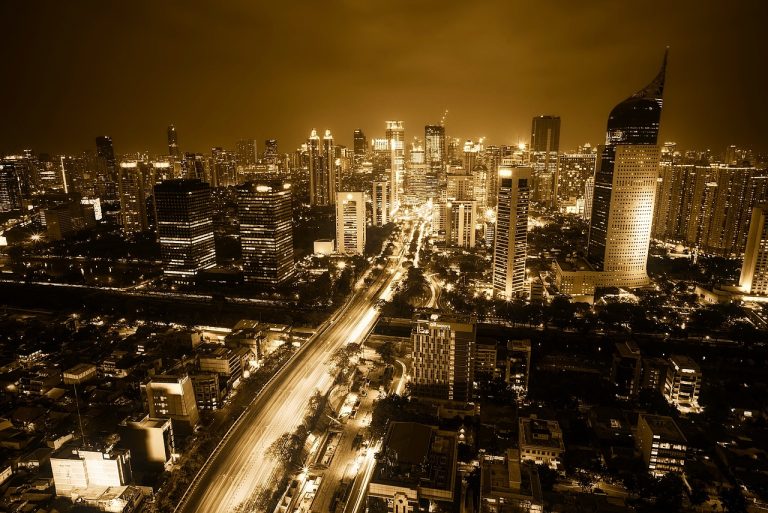Jakarta Indonesia Video
Historical Treasures of Jakarta Indonesia: Reliving the Past
Jakarta, the capital city of Indonesia, is a vibrant metropolis that is rich in history and culture. Throughout the centuries, Jakarta has been influenced by various civilizations, resulting in a diverse range of historical treasures. From ancient temples to colonial buildings, Jakarta offers a fascinating glimpse into its past. In this article, we will explore some of the notable historical treasures of Jakarta that allow visitors to relive the city’s captivating history.
1. National Monument (Monas)
- Symbolic Landmark: The National Monument, locally known as Monas, is an iconic landmark in Jakarta. This towering monument stands as a symbol of Indonesia’s struggle for independence.
- Historical Significance: Built in 1961, Monas commemorates the country’s fight for independence from Dutch colonial rule. The monument’s observation deck provides panoramic views of the city.
- Architectural Marvel: Designed by Indonesian architect Soedarsono, Monas combines elements of traditional Indonesian and modernist architectural styles.
2. Fatahillah Square
Jakarta’s Fatahillah Square, also known as Old Batavia, is a historic square located in the heart of the city. It is surrounded by colonial buildings that reflect the city’s Dutch colonial past.
- Dutch Colonial Architecture: The buildings surrounding Fatahillah Square showcase the architectural style of the Dutch East Indies period. These well-preserved structures include the Jakarta History Museum and the Wayang Museum.
- Cultural Hub: Fatahillah Square is a vibrant cultural hub with various street performers, art galleries, and cafes. It is a popular spot for locals and tourists alike.
- Historical Landmarks: The square is also home to several historical landmarks, such as the Old Batavia City Hall and the Justice of Peace Building, which offer insights into Jakarta’s colonial history.

3. Istiqlal Mosque
The Istiqlal Mosque is the largest mosque in Southeast Asia and an important symbol of religious tolerance in Jakarta.
- Architectural Grandeur: Designed by Frederich Silaban, the mosque’s architecture showcases a blend of modern and Indonesian Islamic styles. Its grand prayer hall can accommodate up to 120,000 worshippers.
- Religious Harmony: Located near Jakarta Cathedral, the Istiqlal Mosque represents Indonesia’s commitment to religious diversity and harmony.
- Historical Significance: The mosque was inaugurated in 1978 by the first president of Indonesia, Sukarno, as a symbol of national pride and unity.
4. Jakarta History Museum
The Jakarta History Museum, housed in the former City Hall building, offers visitors a comprehensive insight into Jakarta’s history.
- Colonial Architecture: The museum building itself is a prime example of Dutch colonial architecture. It showcases the city’s historical artifacts, including maps, documents, and cultural objects.
- Wayang Collection: The museum is renowned for its extensive collection of wayang puppets, a traditional Indonesian art form. These intricately crafted puppets depict characters from ancient epics.
- Interactive Exhibits: The museum provides interactive exhibits, allowing visitors to engage with Jakarta’s history through multimedia presentations and dioramas.

5. Kota Tua
Kota Tua, meaning “Old Town” in Indonesian, is a historic district in Jakarta that showcases the city’s colonial past.
- Architectural Gems: The district is home to numerous colonial-era buildings, such as the Bank of Indonesia Museum, Jakarta Kota Station, and the VOC Warehouse.
- Street Vendors and Cafes: Kota Tua is a bustling area with street vendors selling local delicacies and cafes offering a taste of Jakarta’s culinary delights.
- Cultural Activities: The district hosts various cultural activities, including traditional music performances and art exhibitions, providing visitors with a glimpse into Jakarta’s vibrant arts scene.
6. Jakarta Cathedral
Jakarta Cathedral, officially known as the Santa Maria Church, is a prominent Catholic church in Jakarta.
- Gothic Architecture: The cathedral’s stunning Gothic-style architecture sets it apart from other religious structures in Jakarta. Its intricate stained glass windows and towering spires are a sight to behold.
- Historical Significance: Built in 1901, Jakarta Cathedral is one of the oldest churches in the city and has witnessed significant events in Jakarta’s history.
- Religious Importance: The cathedral serves as the seat of the Roman Catholic Archbishop of Jakarta and is a significant place of worship for the Catholic community.

7. Museum Nasional
The Museum Nasional, also known as the National Museum of Indonesia, is the country’s premier museum that showcases its rich cultural heritage.
- Extensive Collection: The museum houses a vast collection of artifacts, including archaeological finds, ethnographic objects, and traditional artworks from across the Indonesian archipelago.
- Historical Artifacts: Visitors can explore ancient Hindu-Buddhist sculptures, traditional textiles, and intricately carved masks, providing insights into Indonesia’s diverse cultural history.
- Interactive Exhibits: The museum offers interactive exhibits that engage visitors in learning about Indonesia’s cultural traditions, rituals, and beliefs.
8. Sunda Kelapa Harbor
Sunda Kelapa Harbor, also known as the Old Harbor, is a historic port that has been a vital trade hub for centuries.
- Maritime History: The harbor has witnessed the comings and goings of various ships, reflecting Jakarta’s maritime history and its importance as a trading center.
- Phinisi Schooners: Visitors can see the traditional Indonesian sailing ships known as phinisi schooners docked at the harbor. These beautiful vessels are still used for trade and transportation.
- Photographic Opportunities: Sunda Kelapa Harbor provides picturesque views of the colorful boats, bustling activities, and the iconic backdrop of Jakarta’s skyline.
9. Taman Mini Indonesia Indah
Taman Mini Indonesia Indah, meaning “Beautiful Indonesia Miniature Park,” is a cultural park that showcases the diverse cultures of Indonesia.
- Architectural Replicas: The park features scaled-down replicas of traditional houses from different regions of Indonesia, allowing visitors to experience the country’s rich architectural heritage.
- Cultural Performances: Visitors can witness traditional dances, music performances, and ceremonies representing various Indonesian ethnic groups.
- Interactive Exhibits: Taman Mini Indonesia Indah offers interactive exhibits, museums, and galleries that provide insights into Indonesia’s traditional crafts, costumes, and customs.
10. Jakarta Chinatown (Glodok)
Jakarta Chinatown, known as Glodok, is one of the oldest and largest Chinatowns in Indonesia.
- Chinese Culture: Glodok is a vibrant neighborhood that preserves Chinese culture and traditions. Visitors can explore traditional Chinese temples, markets, and authentic Chinese cuisine.
- Historic Temples: The neighborhood is home to several Chinese temples, including the Jin De Yuan Temple and the Vihara Dharma Bhakti Temple, which are important religious sites for the local Chinese community.
- Shopping and Culinary Delights: Glodok offers a wide range of shops selling Chinese goods, from traditional herbs and medicines to intricate artwork. It is also a food lover’s paradise, with numerous street food stalls and restaurants serving delicious Chinese dishes.
Conclusion
Jakarta’s historical treasures provide a captivating journey through the city’s past. From monuments and mosques to museums and markets, each historical site offers a unique perspective on Jakarta’s rich heritage. Exploring these treasures allows visitors to relive the city’s history and gain a deeper appreciation for its cultural diversity. Whether you are a history enthusiast or simply curious about Jakarta’s past, these historical landmarks are a must-visit for anyone traveling to the Indonesian capital.
References
- National Monument (Monas) – www.kemenparekraf.go.id
- Fatahillah Square – www.jakarta-tourism.go.id
- Istiqlal Mosque – www.istiqlalmosque.com
- Jakarta History Museum – www.jakarta.go.id
- Kota Tua – www.jakarta-tourism.go.id
- Jakarta Cathedral – www.katedraljakarta.org
- Museum Nasional – www.museumnasional.or.id
- Sunda Kelapa Harbor – www.jakarta-tourism.go.id
- Taman Mini Indonesia Indah – www.tamanmini.com
- Jakarta Chinatown (Glodok) – www.jakarta-tourism.go.id







